Not long ago I received an e-mail from a friend containing a link to a video taken from a cruise ship at the point where the Atlantic and Pacific oceans meet.▼
I found that interesting and the explanation plausible, but I’ve been around the headlands of Cape Horn and the southernmost end of the Tierra del Fuego archipelago of southern Chile. That tip of land marks the northern boundary of the Drake Passage and the place where the Atlantic and Pacific Oceans merge. The photo below shows the point of land which isn’t, of course, the exact point of confluence. ▼
Image Credit: Joseph Luk
The waters around Cape Horn are particularly hazardous, owing to strong winds and ocean currents. Large waves, strong currents and icebergs have made it notorious as a sailors' graveyard. Sometimes, I have read, this passage is smooth, but the times I went through – once we got beyond that point – it looked and felt more like the photos to the right. ▼
Image Source: rbelow66south.blogspot.com/
Oh, the video is real enough, but misleading. I discovered that the video, and others similar, circulate periodically on youtube and gets thousands of views.
COURSE CORRECTION – THE REAL POOP
According to David Mikkelson, writing for snopes.com/fact-check/ in March 2015, “Photographs purportedly showing 'the place where two oceans meet'… have circulated online for several years. Although the images are real, there are several misconceptions about what they actually depict.”
Image Source: snopes.com/fact-check/
Bruland explained that the picture actually captures what occurs when sediment-laden water from glacial rivers empties out into the ocean. “Glacier rivers in the summertime are like buzzsaws eroding away the mountains there,” Bruland said. “In the process, they lift up all this material — they call it glacial flour — that can be carried out.” Once these glacial rivers pour out into the larger body of water, they are moved by ocean currents, east to west and begin to circulate there.lateet.com/gulf-alaska
The reason for the strange phenomenon shown in the photo is, in fact, due to the difference of water density, temperature and salinity of the glacial melt water and off shore waters of gulf of Alaska, making it difficult to mix. The temperature and salinity level differences. They do eventually mix. However, their intersecting borders are not static. The border between one type of water and another is always moving, sometimes disappearing completely according to the level of sediment in the water and other factors.
The same video has also been said to show where the Congo River meets the Atlantic Ocean; even the dividing line between the Mediterranean Sea and the Atlantic.” Alexandre Capron observers.france24.com/
The Northern and Southern Patagonian Icefields of Chile certainly have plenty of glaciers, so I imagine that the conditions along the western coast might of Chile replicate the phenomenon photographed by Professor Bruland in Alaska.
Image Source: wildfoottravel.com/drake-passage
Historically, there were only four oceans on the earth -- namely Atlantic, Pacific, Indian and Arctic -- all of them connected with each other to form a continuous body of water. One would think that since these oceans have existed a lot longer than humans they would be left alone to establish their own borders.
They’d done a good job where land formed somewhat permanent boundaries but where they came together, there was confusion and indecision. Humans, in their wisdom, decided the oceans needed help and created the International Hydrographic Organization which identifies the borders of oceans and other large bodies of water, but not seas.
In 2002, this august body carved out a new ocean surrounding the least populated body of land at the bottom of the world -- Antarctica -- because the body of water has a unique ecosystem and it impacts global climate. Now called the Southern Ocean, this fifth ocean is fourth largest.
Note that not everyone agrees with these borders. Imagine that! It would be a shocking “first” if they did.
YOU CAN’T GET THERE FROM HERE
Looking at the maps, one can see how many places in the world the five oceans interface with other large bodies of water not qualified to be oceans. However, there are only a handful of places where one can see an ocean in confluence with another.
The Pacific and the Atlantic meet at Cape Horn, the southernmost tip of South America, and the line extends to the Southern Ocean.
The confluence of the Pacific Ocean and the Indian Ocean is at Southeast Cape, the southernmost point of Tasmania. It takes a lot of effort to go there. You would have to drive from Hobart to the farthest point anyone can drive in Australia, and from there it’s a two to three hours walk. The Border between the two oceans follows the meridian to the Southern Ocean.
Image Source: amusingplanet.com/2019/
The Atlantic meets the Indian Ocean at Cape Agulhas, the southernmost tip of Africa, 109 miles southeast of Cape Town, South Africa. Many people believe that Cape Point [also The Cape of Good Hope] is the place where the oceans come together. Not so. Cape Agulhas’ meridian (20° E) is the official boundary between the Indian and Atlantic oceans.
Image Source: britannica.com/place/Cape-Agulhas Image Source: commons.wikimedia.org/AgulhasLighthouse
You have to be on a ship to experience the meeting of the Atlantic, Pacific, or Indian Oceans with the Southern Ocean, but it is easy to see on the map because there are no other land masses nearby.
The Arctic Ocean’s merging with the Atlantic and Pacific Oceans is complicated to explain because of the land borders. “Generally, the Arctic Ocean overlies the North Pole touching North America in the Western Hemisphere and Scandinavia and Siberia the in Eastern Hemisphere. It joins the Atlantic near Greenland and Iceland and joins the Pacific Ocean at the Bering Strait.” amusingplanet.com/2019/
You can visit the Bering Strait from Nome, Alaska [111 miles] or from Uelen, Siberia.
Image Credit: Erin Kirkland
Image Source: akonthego.com/theres-no-place-like-nome
TAKE AWAY
Visiting all these places might be fun, just so you could you’d been there, but unless it’s your thing, I only put than Cape Horn and Cape of Good Hope on my bucket list. If you are a real adventurer, you might want to take a fishing boat from Nome to the Strait. It’s pretty brutal, I hear.
Just Sayin’
□
Sources:
http://rbelow66south.blogspot.com/2011/12/drake-passage-december-8-10-2011.html
https://www.snopes.com/fact-check/merging-oceans/
https://en.wikipedia.org/wiki/Borders_of_the_oceans
https://observers.france24.com/en/20180925-debunked-oceans-atlantic-pacific-meet-video
https://en.wikipedia.org/wiki/Borders_of_the_oceans
http://www.expeditioncruising.com/2015/08/rough-weather-in-drake-passage.html
https://www.wildfoottravel.com/blog/the-drake-passage
https://earth.usc.edu/~stott/Catalina/Oceans.html
http://www.geologypage.com/2017/11/atlantic-pacific-ocean-not-mix.html
https://www.lateet.com/gulf-alaska-two-oceans-meet-not-mix/
https://earth.nullschool.net/#current/wind/surface/level/orthographic=-68.47,-49.34,658/loc=-66.47,-42.249
https://www.britannica.com/place/Cape-Agulhas
https://commons.wikimedia.org/wiki/File:AgulhasLighthouse.jpg
https://www.worldatlas.com/articles/the-creek-that-connects-the-atlantic-and-pacific-oceans.html
https://networthroll.com/blog1/bering-strait-net-worth/
http://www.findtripinfo.com/south-africa/cape-town/cape-point-two-oceans.html0#:~:text=Sea%20cliffs%20rise%20more%20than%20800%20feet%20abov
https://www.amusingplanet.com/2019/09/where-do-worlds-oceans-meet.html#:~:text=To%20see%20the%20Atlantic%20and%20the%20Pacific%20Ocean,if%20weather%20permits,%20disembarks%20visitors%20on%20the%20headland.
https://answi.blogspot.com/2017/08/why-dont-waters-of-atlantic-and-pacific.html#:~:text=The%20waters%20of%20the%20Atlantic%20Ocean%20and%20the,difference%20is%20also%20a%20reason%20behind%20the%20fact.



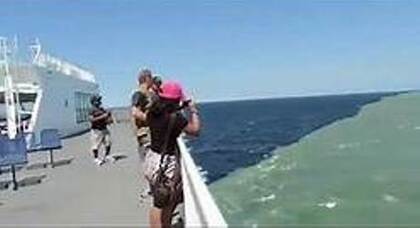
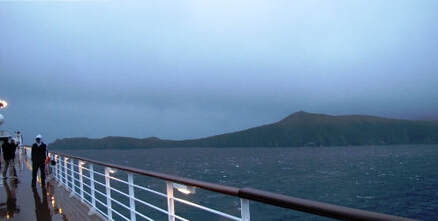
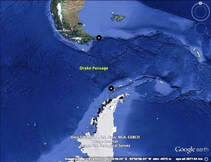
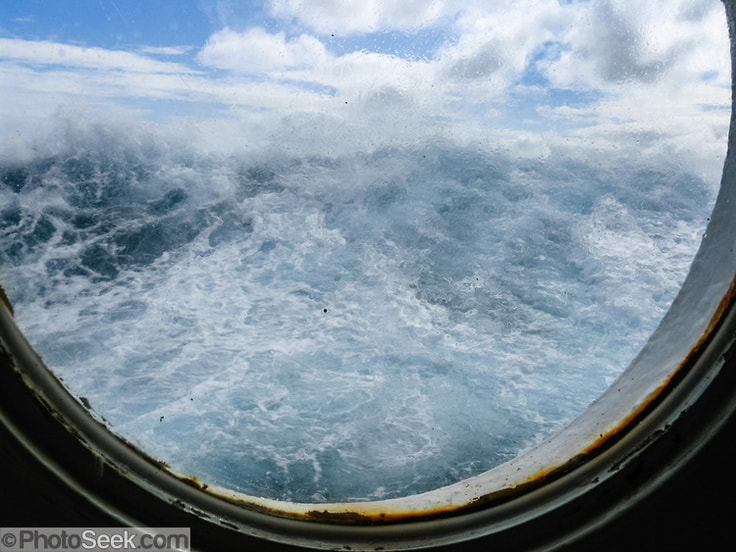
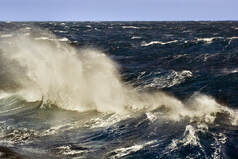
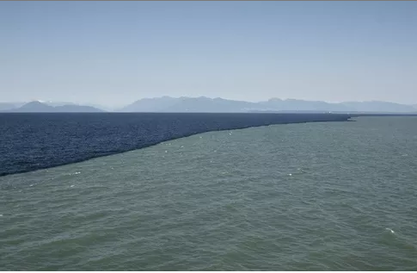
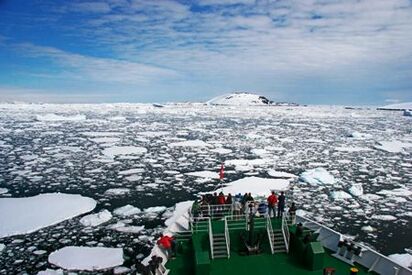
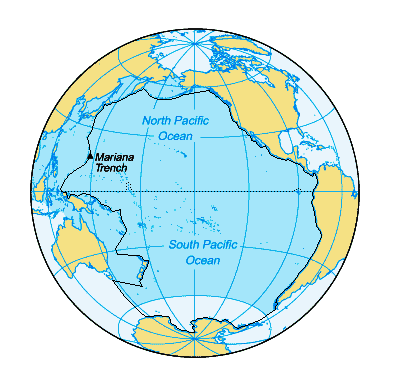
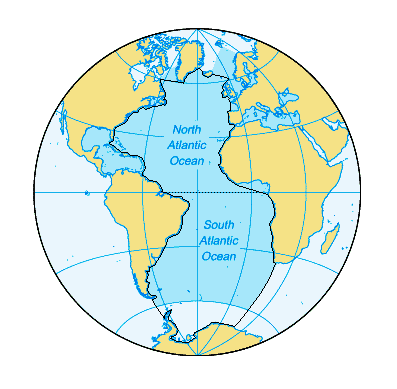
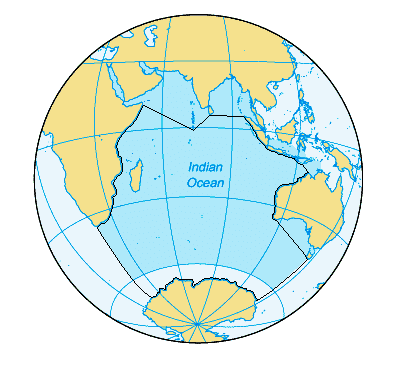
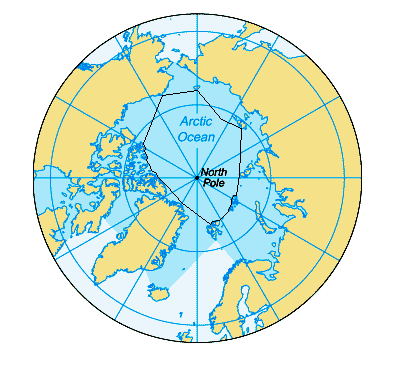
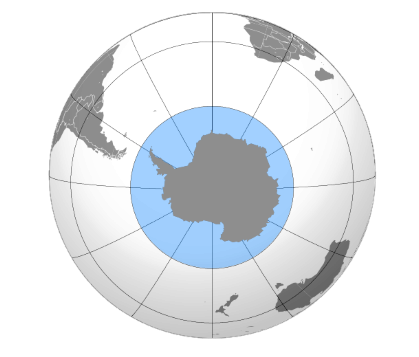
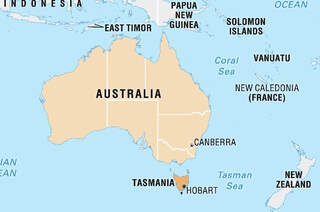
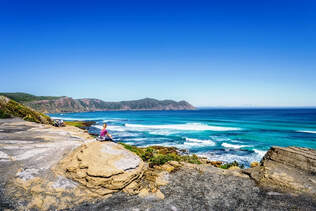
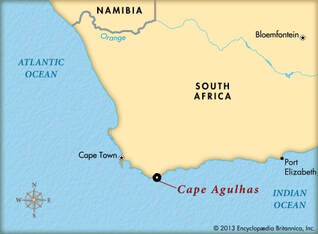
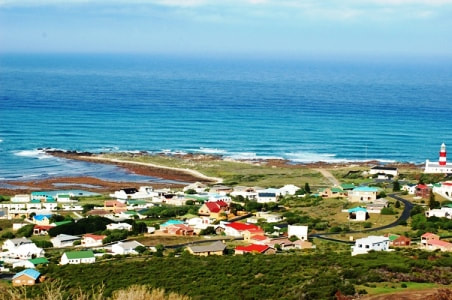
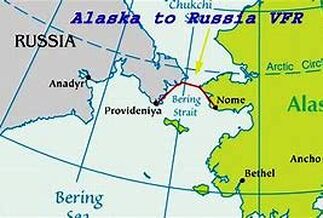
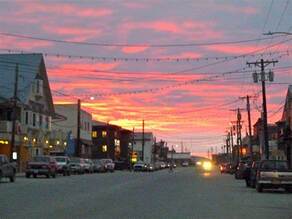
 RSS Feed
RSS Feed